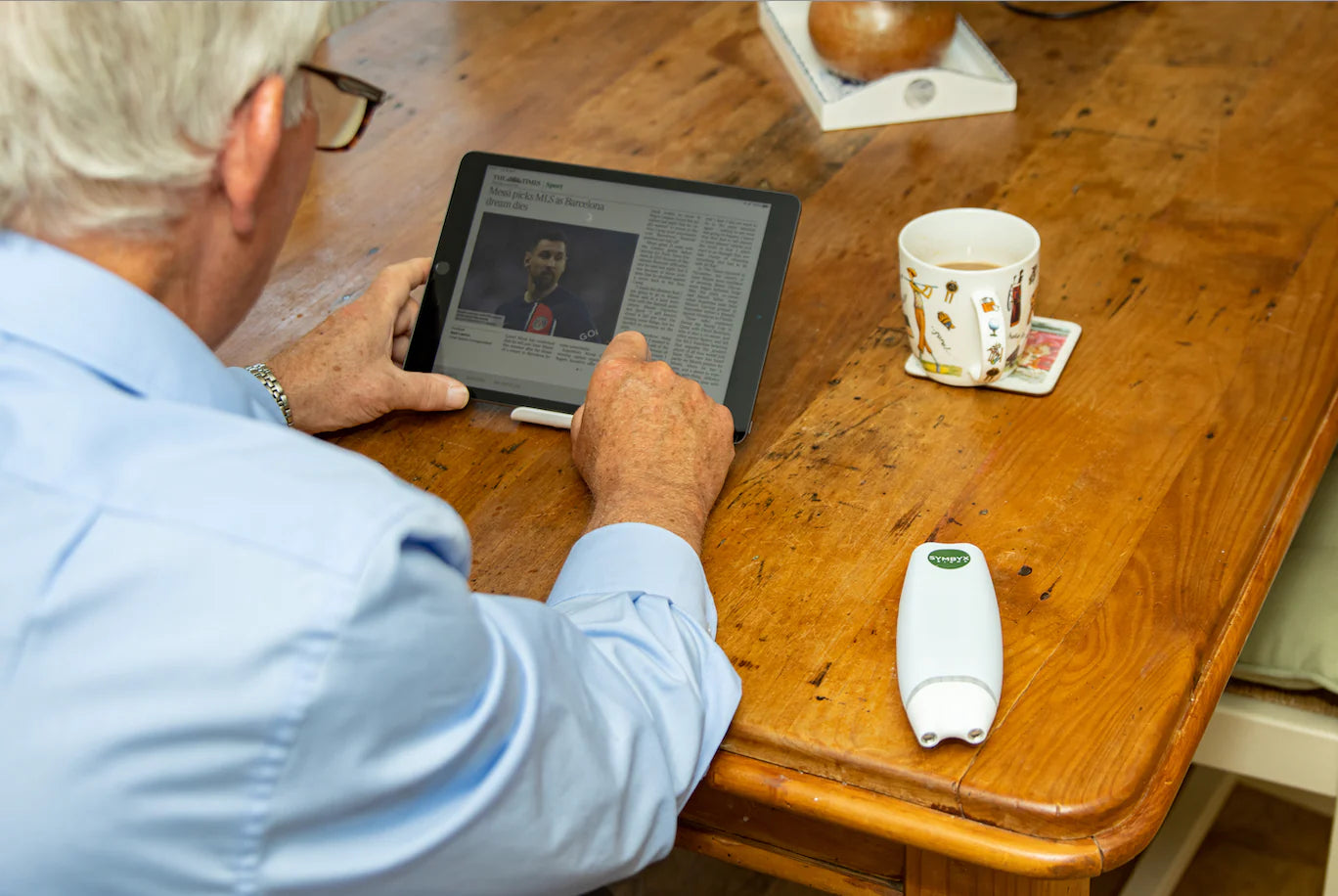Q&A with Dan Johnstone, PhD.
Reprinted from Goop.com, 3 Jan 2021.
Daniel Johnstone, PhD, is a senior lecturer and neuroscientist at the School of Medical Sciences at the University of Sydney in Australia. His research focuses on therapies for neurodegenerative disorders such as Parkinson’s disease and Alzheimer’s disease.
"In his lab at the University of Sydney, Daniel Johnstone, PhD, studies the therapeutic uses of light for neurodegenerative disorders. At specific wavelengths and intensities, he tells us, light could be healing for a variety of health conditions, from skin injuries to muscle performance. “Light serves a broadly protective role, meaning it should be effective against a range of conditions,” he says. “It’s not a curative agent for any particular disease, but many conditions converge on common downstream pathways, such as oxidative stress, mitochondrial damage, and inflammation.
Of course, that doesn’t mean that marketed light therapy devices or experiences are necessarily efficacious: Intensity and wavelength matter. And most devices haven’t been rigorously tested in the context of therapy (UNLIKE SYMBYX WHICH HAS BEEN EXTENSIVELY SCIENTIFICALLY TESTED)."
Q: What type of light is used for therapeutic purposes?
Light serves a broadly protective role, meaning it should be effective against a range of conditions. It’s not a curative agent for any particular disease, but many conditions converge on common downstream pathways, such as oxidative stress, mitochondrial damage, and inflammation. By enhancing the resilience of our cells and our tissues with light, we essentially make them better able to cope with insults.
At a molecular level, there are chromophores (entities that absorb light) that change via chemical reactions when exposed to light at particular wavelengths. As a result, various signaling pathways are triggered. For example, the enzyme cytochrome C oxidase, which lives in mitochondria, absorbs therapeutic light wavelengths and causes a redox change that leads to an increase in ATP production and transient bursts in reactive oxygen species, which can be beneficial at low levels.
We’re still teasing out what the other downstream effects are. Depending on the context, there could be cell proliferation, a release of growth factors or neurotrophic factors in the brain, stimulation of stem cells, and other mechanisms that help ward off disease.
The main problem is penetration—for every millimeter of brain tissue you pass through, you lose about 65 percent of light intensity. In mice, we can successfully penetrate the brain with light because they have thin skulls and there isn’t much brain tissue to get through. In contrast, a human has a thick skull, hair, and lots of overlying tissue—it’s hard to get adequate light to the deeper parts of the human brain affected in conditions such as Parkinson’s disease. Yet studies have still shown that there are improvements in clinical signs and quality of life among Parkinson’s patients when light is directed at their heads. We’re not sure if the light just addresses some of the symptoms of Parkinson’s or if it can actually be neuroprotective and stop cells from dying—that would be amazing news. It’s hard to determine this information from clinical trials right now (as at Jan 2021).
Another idea we’re working on is whether light needs to be targeted at the head to get a beneficial effect or whether there are also indirect effects. The best study demonstrating this was back in 1989 in Israel, where the researchers showed that treating just one of an animal’s feet with light would induce accelerated healing of wounds on both feet. This suggested there was an indirect effect and possibly a body-wide protective effect of light treatment. We’ve applied this method, which we call remote photobiomodulation, in the context of neuroprotection. When we shielded the head of a mouse with Parkinson’s and treated the whole body, we found that the brain was protected even though it wasn’t directly exposed to the light. In a small pilot study that we are currently replicating, we found that treating the abdomen specifically with light showed strong protective effects on the brain. This could be due to how light affects the microbiome of the gut. This concept of treating the body or other accessible tissues in order to protect the brain might help overcome the penetration issues associated with directly treating the head.
Keep in mind that with Parkinson’s, there’s a huge placebo effect, and you can’t write that off as a possibility. But most people are being followed up over several years, and these beneficial effects appear to be sustained—their symptoms have improved.
Recently, there has been more interest in light therapy and knowing how it works and what mechanisms are behind it. In ten years, I believe this field will expand even further purely because there’s nothing you can do to slow or prevent neurodegenerative diseases at the moment. There are no therapies that are neuroprotective. Some drugs might reduce symptoms, but they don’t fix the problem. The beauty of light as a treatment is that it’s simple, safe, and potentially effective. There’s nothing to lose by trying it.
This article is for informational purposes only, even if and regardless of whether it features the advice of physicians and medical practitioners. This article is not, nor is it intended to be, a substitute for professional medical advice, diagnosis, or treatment and should never be relied upon for specific medical advice. The views expressed in this article are the views of the expert and do not necessarily represent the views of SYMBYX

